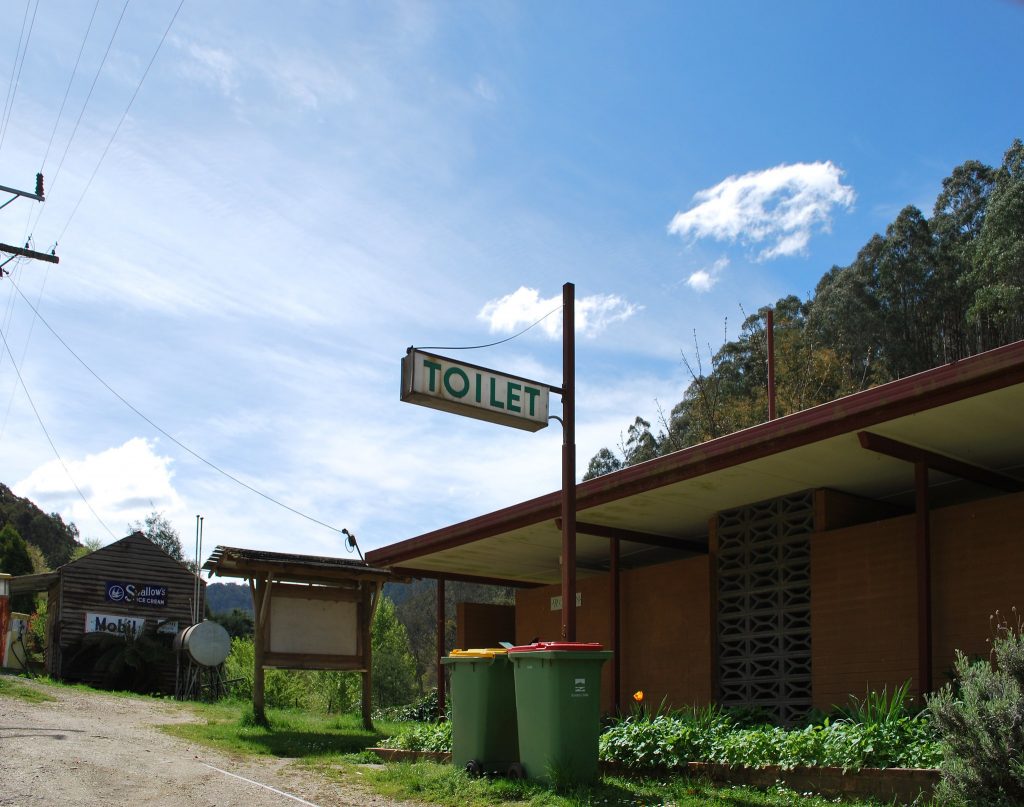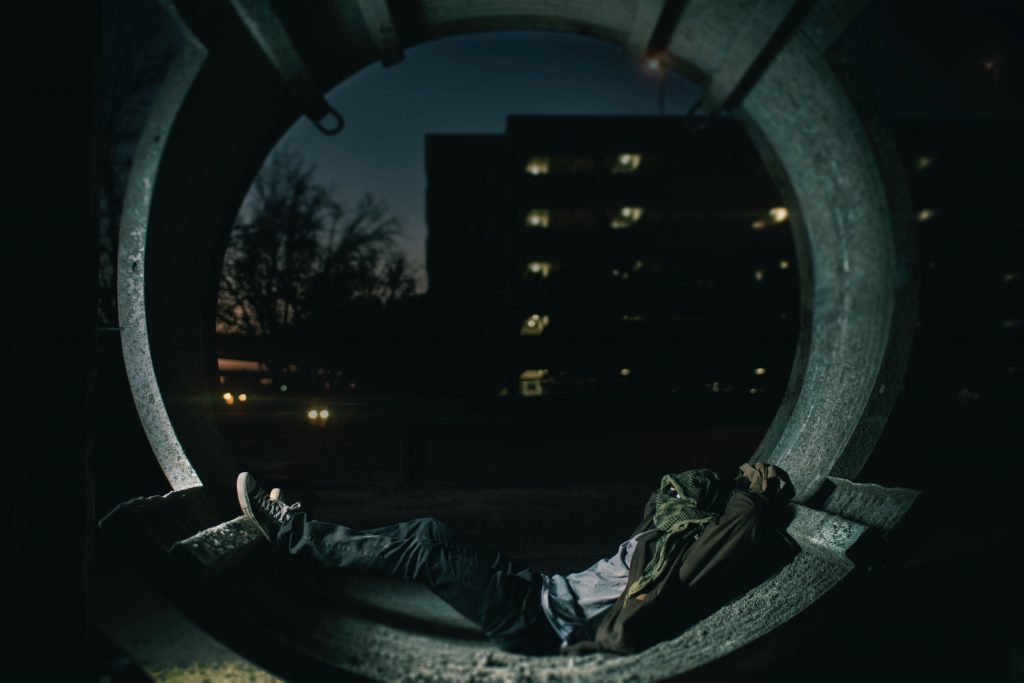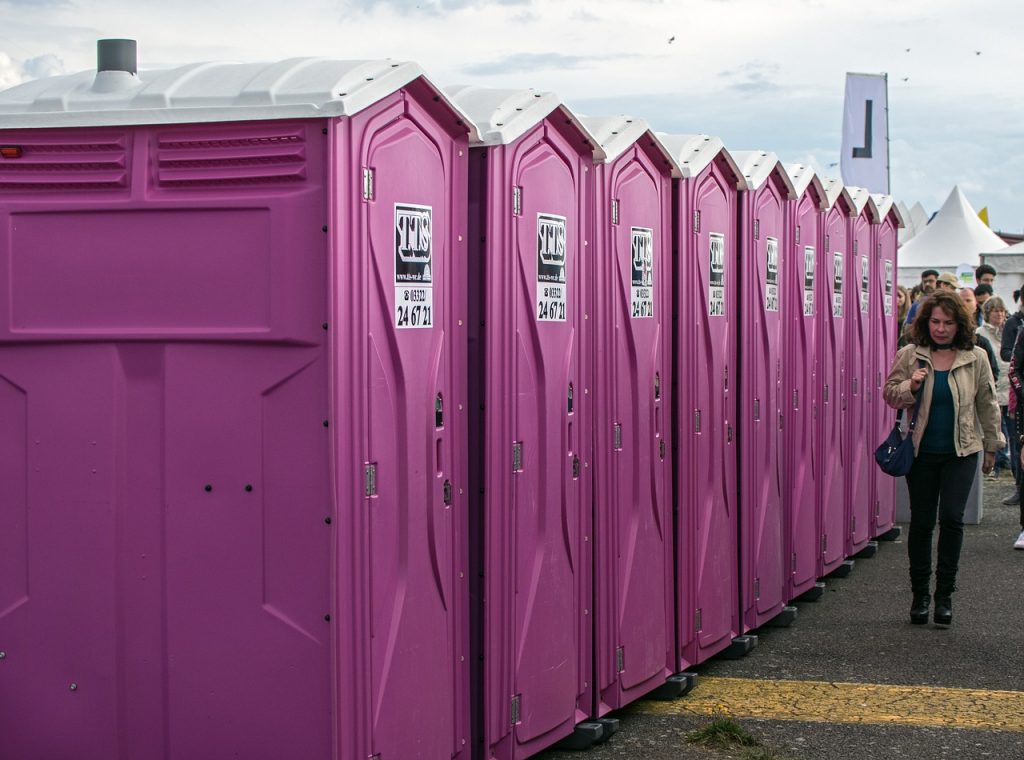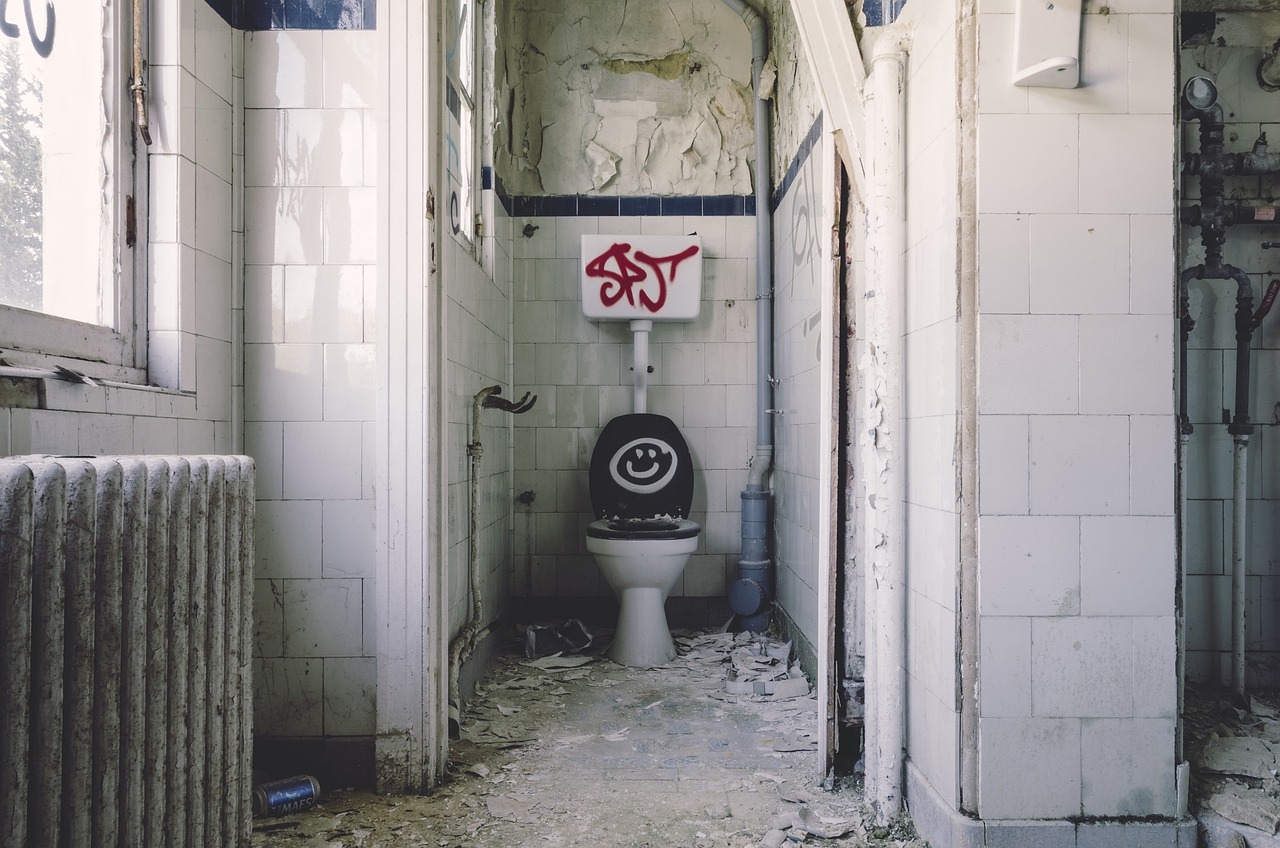Public toilets have a bad reputation for being a bit gross, but they provide a lifeline service to the public that is irreplaceable.
For the homeless, they can be a place to freshen up. For disabled and pregnant people, they can be a quick relief point when not at home or work. For people who struggle with mental health issues, they can help calm anxiety about leaving home and prevent forced dehydration.
Despite being important accessible spaces to varying types of people, public toilets are being closed across the UK. Why? Largely, because of budget cuts.
Public toilets seem like an obvious cut that councils could make to help tighten their belts at times of austerity, but it’s having an adverse effect and is arguably a violation of human rights.
How Many Public Toilets Are Being Shut?

Image Credit: Flickr
Between 2010 and 2018, councils across the UK stopped maintaining (and closed down) over 13 percent of all public toilets – at least 673 facilities, according to the BBC.
In some areas, councils made more extreme cuts with Cornwall Council stopping maintenance of 94 percent of its toilets. On the Isle of Wight, it was 92 percent and 80 percent in North Ayrshire.
The dwindling public toilet numbers in recent years is a threat to health, mobility, and equality that we cannot afford to ignore.
Shirley Cramer, chief executive of RSPH
In 37 councils, there are no public toilets available.
Highland Council maintains the most public toilets, boasting 92 facilities. They are followed by Gwynedd and Pembrokeshire who have 73 public toilets each.
Another Hostile Architecture Tactic?

Image Credit: Unsplash
Some campaigners argue that the closure of public toilets plays into the rise of hostile architecture, the practice of making public spaces uncomfortable.
Spikes on pavements outside of businesses, sloped benches with armrests dividing the seats, and use of uncomfortable materials such as concrete are all tactics used to try and deter “antisocial” behaviour, such as skating, but the harsh reality is that it prevents homeless people from finding a place to rest.
In Bridgend, the council released plans for public toilets that would have deterred homeless people from using the toilets as shelter, as well as sexual activity and vandalism.
Public toilets are no luxury: it’s high time we begin to see them as basic and essential parts of the community.
Shirley Cramer, chief executive of RSPH
The plans, which have since been retracted, would have seen timed cubicle doors that would open themselves, stopping rough sleeping. Weight-sensitive floors would also have been used to ensure only one user could be in a cubicle at a time.
By closing public toilets, or putting in measures that limit how facilities can be used, councils are putting homeless people in even more vulnerable positions, explained Shirley Cramer, the chief executive of RSPH.
“Public toilets are no luxury: it’s high time we begin to see them as basic and essential parts of the community – just like pavements and street lights – that enable people to benefit from and engage with their surroundings,” Cramer said.
Is There A Right To The Toilet?

Image Credit: Pixabay
It’s not a legal requirement for councils to run public toilets, and there are no human rights that cover the right to a toilet.
However, the Royal Society for Public Health (RSPH) argues that the closure of toilets is a “threat” to social mobility, health, and equality.
In their ‘Taking The P***’ report, RSPH outlined that the closure of public toilets “disproportionately” impacts people with ill health or disability, the elderly, women, outdoor workers and the homeless.
The lack of public facilities is also acting as a “loo leash”, with one in five people being put off leaving their home because of the lack of toilets.
it is a health burden that falls disproportionately on already disadvantaged groups.
Shirley Cramer, chief executive of RSPH
This more than doubles in communities of people who struggle with health issues that mean they need toilets more often, such as Chron’s disease or IBS, which inflame the bowels.
“The dwindling public toilet numbers in recent years is a threat to health, mobility, and equality that we cannot afford to ignore,” added Cramer. “As is so often the case in this country, it is a health burden that falls disproportionately on already disadvantaged groups.
“Standing in the way of this necessary and serious policy discussion is a stubbornly persistent ‘toilet taboo’, a decade of cuts to local authorities, and an increasingly ingrained notion that public toilets are merely a ‘nice-to-have.”







